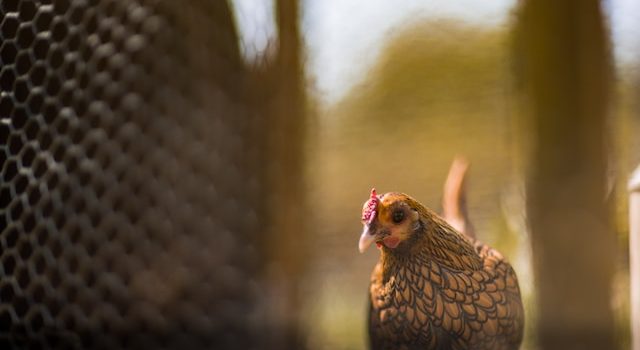
Introduction: In the world of poultry farming, maximizing egg production is crucial for both profitability and sustainability. As a poultry farmer, understanding the best practices and implementing effective strategies can significantly increase your hen’s egg production. In this article, we will explore essential tips and strategies to help you optimize egg production on your farm.
- Breed Selection: Choosing the right breed is fundamental to maximizing egg production. Certain breeds, such as the Rhode Island Red or Leghorn, are known for their high egg-laying capabilities. Consider factors like climate compatibility, breed characteristics, and market demand when selecting the ideal breed for your farm.
- Optimal Nutrition: Proper nutrition plays a pivotal role in achieving maximum egg production. A balanced diet rich in essential nutrients, including proteins, vitamins, and minerals, ensures healthy hens and robust egg-laying capabilities. Consult with a poultry nutritionist to create a customized feeding program tailored to your flock’s needs.
- Adequate Housing and Space: Hen welfare and comfort are directly linked to egg production. Provide well-ventilated housing with sufficient space for the hens to move around freely. Optimal housing conditions include proper lighting, ventilation, temperature control, and clean nesting areas, which contribute to a stress-free environment and increased egg production.
- Optimize Lighting Conditions: Hens require specific lighting conditions to stimulate their reproductive system and promote consistent egg production. Implement a lighting program that mimics natural daylight, with around 14 to 16 hours of light per day. This extended lighting period encourages hens to lay eggs consistently throughout the year.
- Disease Prevention and Health Management: Disease outbreaks can severely impact egg production. Implement strict biosecurity measures to prevent the introduction and spread of diseases on your farm. Regularly vaccinate your flock, maintain a clean and sanitized environment, and monitor their health closely. Consult with a veterinarian to develop an effective health management plan.
- Monitoring and Record-Keeping: Maintaining accurate records of your flock’s performance is essential for identifying trends, diagnosing potential issues, and implementing improvements. Keep detailed records of egg production, feed consumption, health incidents, and other relevant data. Analyzing these records will help you make informed decisions to maximize productivity.
- Breeding and Genetics: Integrating selective breeding and genetics can positively influence egg production. Work with reputable breeders or genetics experts to introduce desirable traits into your flock. Selecting hens with superior laying characteristics and crossing them with high-performing roosters can enhance the overall productivity of your flock.
- Stress Reduction Techniques: Stress can negatively impact egg production. Minimize stressful events such as sudden changes in the environment, overcrowding, or predation risks. Implementing stress reduction techniques, such as providing enrichment activities, reducing noise levels, and avoiding unnecessary disturbances, can promote higher egg yields.
Conclusion: Maximizing egg production in poultry farming requires a holistic approach that considers various factors, including breed selection, nutrition, housing, lighting conditions, health management, and genetics. By implementing these tips and strategies, poultry farmers can optimize their hen’s egg-laying capabilities, leading to increased productivity and profitability. Remember to continually educate yourself, adapt to new research, and prioritize the welfare of your flock to achieve long-term success in the industry.










